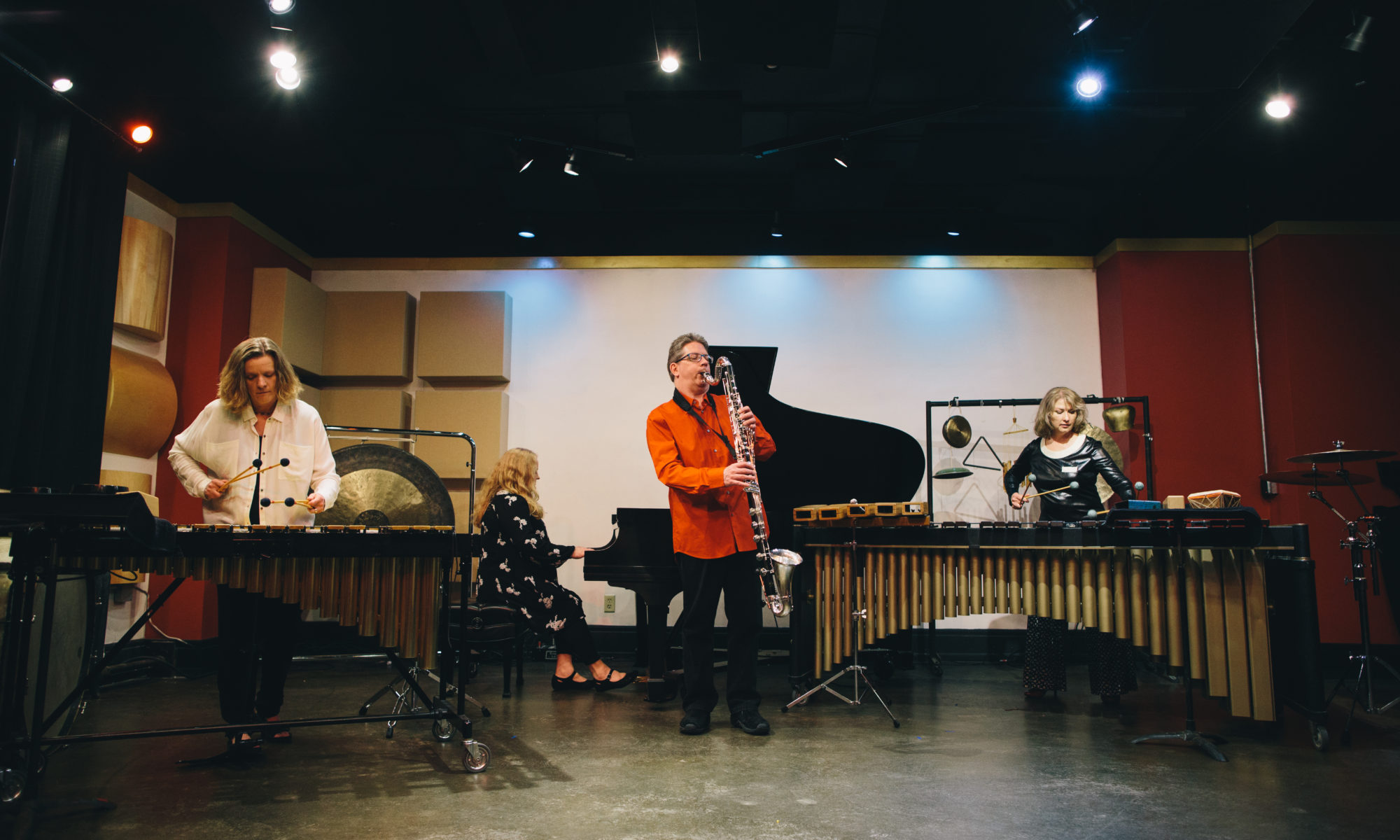Xanadu (1930)
by Mildred Couper
i. Largo
ii. Andante
iii. Scherzando
iv. Allegro
v. Allegro Agitato
Couper’s score for Xanadu includes names of percussion instruments (side drum, cymbals, Chinese gongs, and wood blocks) for use as incidental music during the play. These were evidently used during the several processions and dockyard scenes. The two-piano music is notated and called a “ballet,” presumably as an overture or entr’acte for costumed dancers (there being no call for a ballet during the action of the play). While the music may not be overtly programmatic, it may relate loosely to the Samuel Taylor Coleridge opium-inspired poem of the same name:
“In Xanadu did Kubla Kahn a stately pleasure dome decree…
the sacred river ran… a savage place!… woman wailing for her demon-lover… a mighty fountain… these dancing rocks… meandering with a mazy motion… ancestral voices prophesying war!”
Musically one can see traces of Stravinsky’s Russian folk melodies as found in Pulcinella or Les Noces, pentatonic lines surrounded by dense clusters (as often found in Henry Cowell’s piano music of the time), the muddy dissonance of parts of Charles Ives’s Three Quarter Tone Pieces, and perhaps even some of George Antheil’s futuristic motor rhythms as found in his Ballet Mécanique (which she may have seen in New York in 1926). In this first of her quarter-tone works she favors the use of both pianos at the same time, creating dissonant clouds of sound, rather than the alternating, melodically tortuous ultra-chromaticism as found in the Dirge a few years
later.
Xanadu was subsequently performed on May 15, 1932 at the YWCA in San Francisco, by the composer and Malcolm Thurburn, at one of Henry Cowell’s New Music Society concerts. The work was rather overshadowed by the other event of the program, the demonstration of his and Leon Theremin’s Rhythmicon, an instrument designed to extend the pitch ratios of the overtone series to durational cycles too.
Mildred Couper (1887-1974), American composer and pianist, was, along with Charles Ives, one of the first musicians to experiment with quart e r-tone music. Born in Buenos Aires, Argentina; educated in Italy, France (where she was a student of the young Harmony teacher at the Conservetoire, Nadia Boulanger), and Germany; married to American expatriate artist Richard Hamilton Couper; she spent her early married life in Rome, Italy. At the outbreak of World War One she and her family fled to New York City. Her artist husband, Richard Couper, died of the ‘flu in 1918, leaving her with two young children. In New York she taught piano for nine years at the newly-founded David Mannes Music School (where fellow composer Johanna Beyer was a student). She moved to California in 1927 and established a studio in Santa Barbara where she started her quarter-tone experiments, the first work in this medium being a ballet, Xanadu (1930). She was a friend of composers Igor Stravinsky, Henry Cowell, and Harry Partch, who dubbed her the “Fairy Godmother of his Chromatic Organ.”
Xanadu appears on Zeitgeist’s album If Tigers Were Clouds (innova recordings, 2003)
Buy the album:
iTunes
Amazon
Innova Recordings
and at Studio Z

